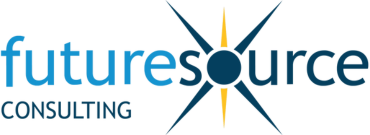The report explores hearing health, the convergence of hearables and hearing aids, as well as the market impact of OTC hearing aids. With increased noise exposure and pollution, it is more crucial than ever for the hearing business to spread awareness about hearing loss. The growing popularity of hearables is projected to benefit the hearing aid industry in the long run, as more people opt for hearing aids.
The global hearables market grew by 13% in volume terms in 2022 to 340m units, with total market value reaching $39Bn. Unit shipments are forecast to grow by double-digits in 2023. Despite saturation in the developed markets, the growth is fueled by the demand in developing markets like APAC, META and LATAM. The hearing aids market is expected to grow 8% yoy to reach 27 million units in 2023.
This report explores the landscape of Consumer Hearables, Hearing aids, OTC hearing aids and PSAPs, drawing together research from across Futuresource's different reports and diving deeper into the future potential of such devices. Research for this Hearables report was conducted throughout H2 2023.
